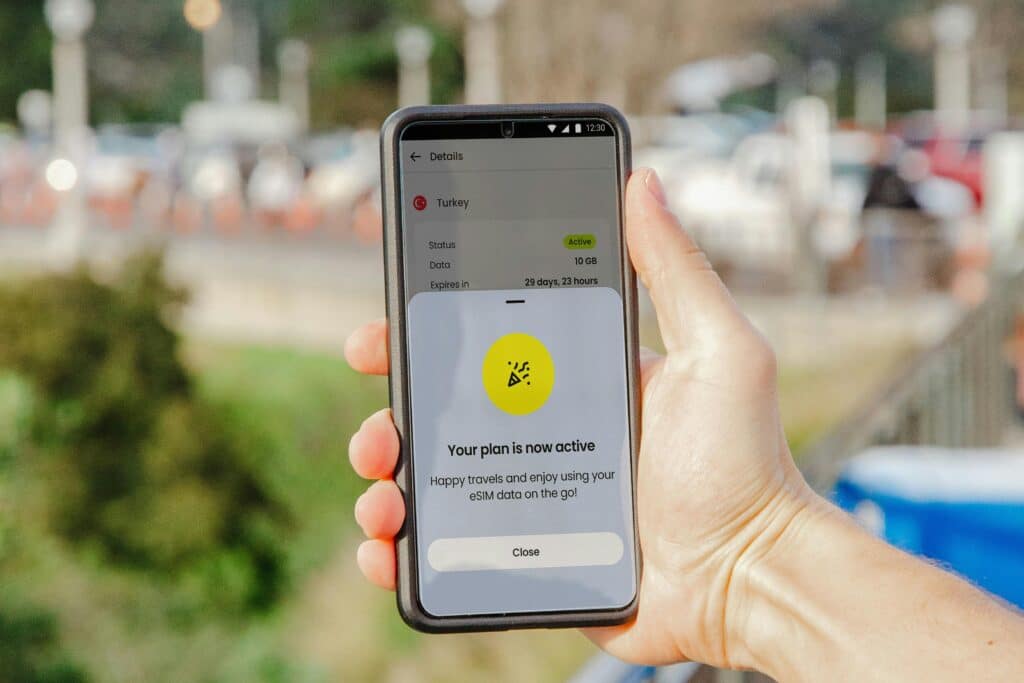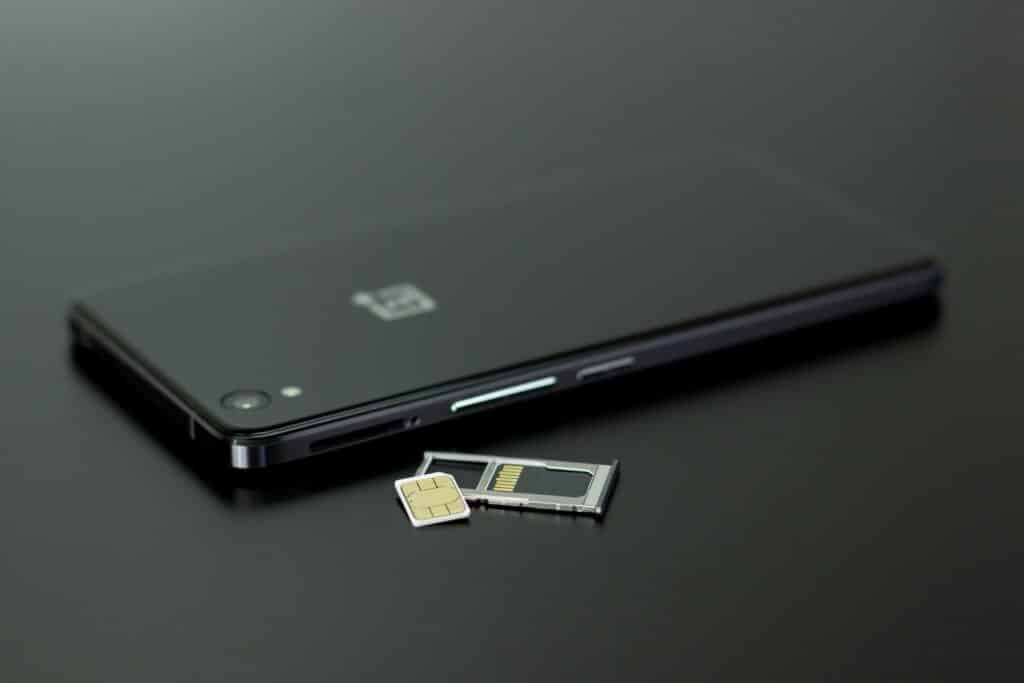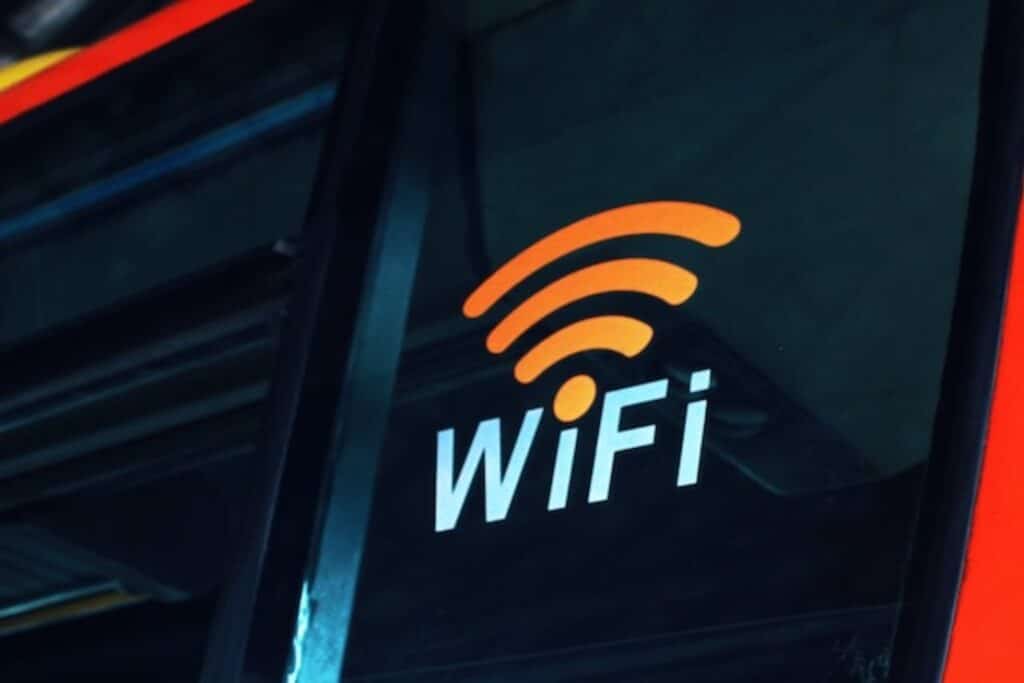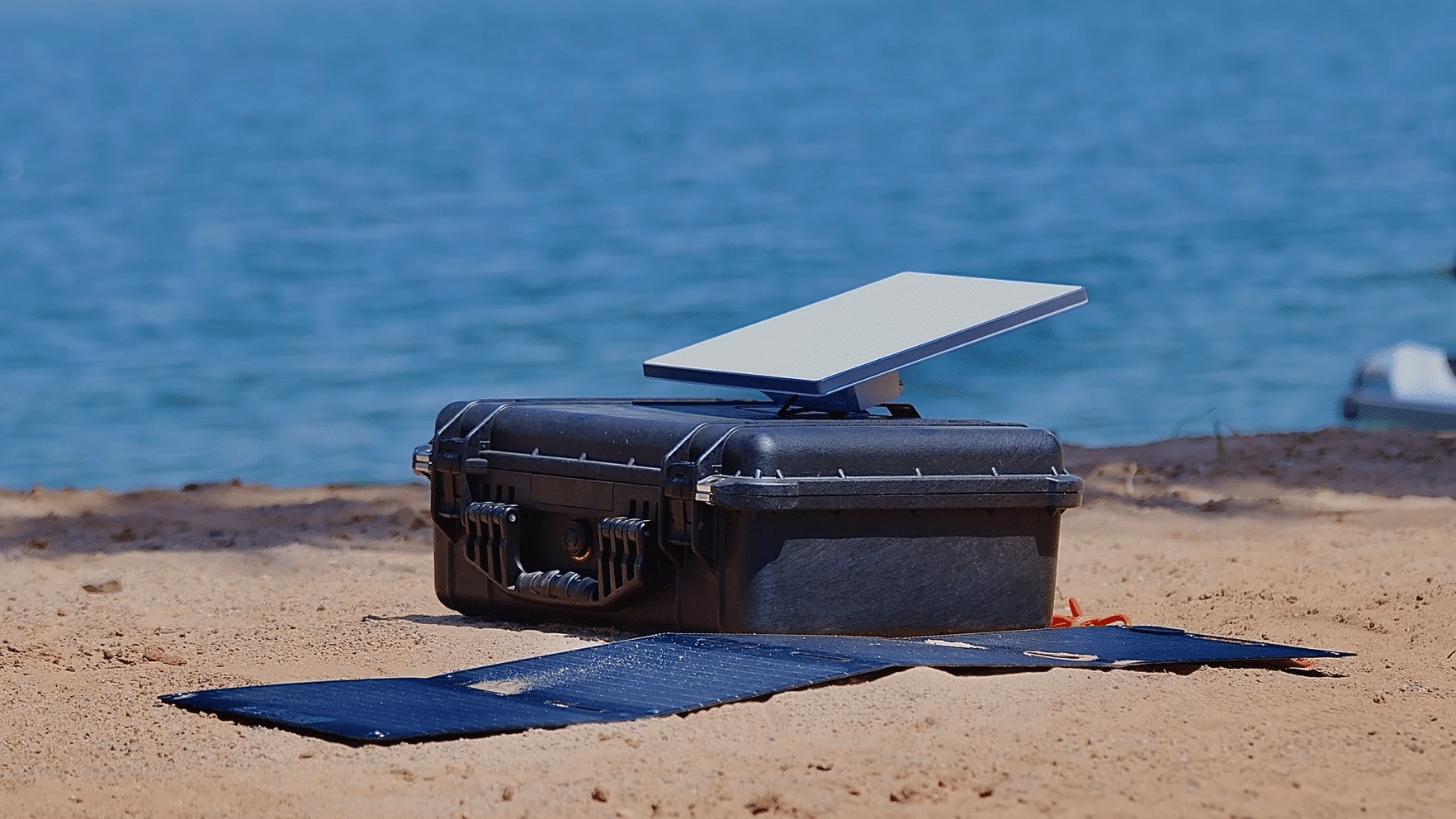» Home » Expert Travel Tips » Your Complete Guide to Staying Connected While Traveling Abroad
Traveling internationally shouldn’t mean losing touch with home or missing important business communications. With the right planning and knowledge of your connectivity options, you can stay seamlessly connected no matter where your adventures take you. Here’s your comprehensive guide to international connectivity options that actually work.
Nothing ruins a travel experience quite like discovering you have no way to communicate with loved ones, access maps, or handle urgent business matters. The key to avoiding connectivity disasters is understanding your options before you leave home and choosing the solution that best fits your travel style and needs.

The simplest and most popular option for most travelers is using your existing carrier’s international day pass. These plans let you use your domestic plan abroad for a daily fee, and most major US carriers have them. All you need to do is make sure the plan is active on your line, and that Data Roaming is activated on your phone, and you’ll use your phone just like you do at home!
Pro tip: Day passes are typically the most convenient option for travelers who want hassle-free connectivity and don’t mind paying for the convenience. These prices are examples accurate at the time of this writing, but may change. Not all countries are included in the plans, so make sure to check with your carrier.
eSIMs have revolutionized international connectivity by allowing you to purchase and activate international plans digitally without swapping physical SIM cards.
HolaFly (Highly Recommended) HolaFly offers reliable eSIM solutions for virtually every destination worldwide. Their plans typically include unlimited or high-volume data packages that are often more cost-effective than carrier day passes for longer trips. The setup is straightforward, and their customer service is excellent for troubleshooting.

Benefits of eSIMs:
Traditional local SIM cards remain a budget-friendly option, though they require more effort and planning.
Pros:
Cons:

Some travelers choose to rely solely on WiFi and offline capabilities to minimize costs.
What this means:

Limitations:
When traveling to truly remote areas with no cellular coverage, satellite communication becomes essential if you want to stay connected. These options can be considerably expensive, however. So it is important to weigh how important it is that you have connection in these areas.
Satellite Hotspot Rentals Companies offer portable satellite internet devices that can be delivered to your destination and picked up after your trip. These solutions provide internet access virtually anywhere on Earth, though speeds are typically slower than cellular connections.
Satellite Phone Rentals For voice communication in remote areas, satellite phones ensure you can always reach emergency services or communicate with home base.
This option was crucial for one of our clients visiting the remote resort Sal Salis in Western Australia, where traditional cellular coverage simply doesn’t exist.

For short trips (1-7 days): Carrier day passes offer the best balance of convenience and cost.
For longer trips (1-4 weeks): Consider eSIM solutions like HolaFly or local SIM cards for better value.
For remote destinations: Research coverage maps and consider satellite backup options.
For business travelers: Day passes provide the reliability and seamless experience needed for important communications.
Staying connected while traveling internationally has never been easier, but the key is choosing the right solution for your specific needs and destination. Whether you opt for the convenience of carrier day passes, the flexibility of eSIMs, or the cost-effectiveness of local solutions, proper planning ensures you’ll never be truly disconnected from what matters most.
Remember, the best connectivity solution is the one that gives you peace of mind and lets you focus on creating incredible travel memories rather than worrying about staying in touch.
Let us know about yourself and how we can help!